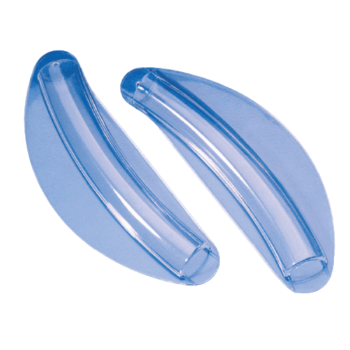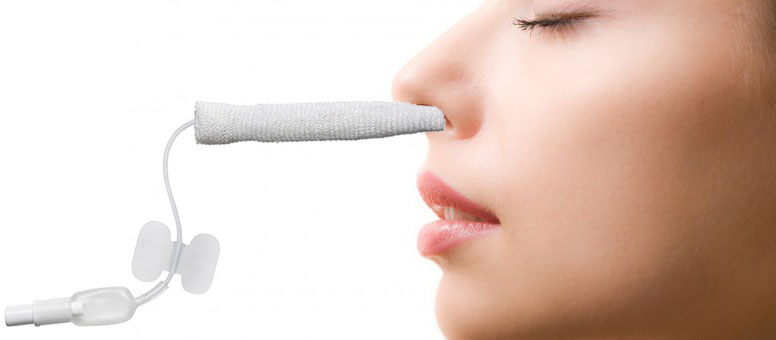Splint and Tampon Use in Rhinoplasty
The shape of the nose is one of the organs that affect the facial expression of the person the most. Therefore, we can say that nose surgery (rhinoplasty) is probably the most preferred aesthetic operation worldwide.
A successfully performed rhinoplasty (nose surgery) operation can ensure that the nose is shaped in proportion to the other organs on the face and that breathing problems are ceased upon complaint. In addition, there is a period after rhinoplasty, during which you need to be very careful.
Because the bones and cartilage are moved during the surgery, special care is required to keep these elements stable after rhinoplasty. This care can be achieved with the use of splints and tampons.





0 comments on “Splint and Tampon Use in Rhinoplasty”